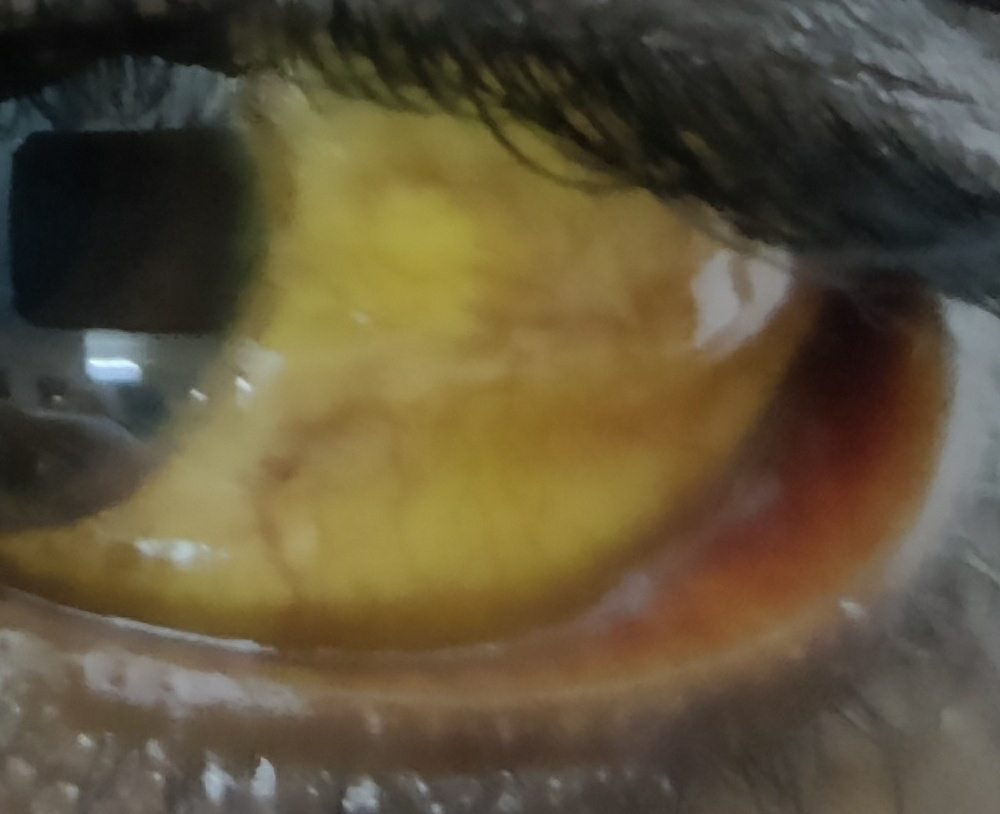case of 42 yr old female with multiple health events
I've been given this case to solve in an attempt to understand the topic of "patient clinical data analysis" to develop my competency in reading and comprehending clinical data including history, clinical findings, investigations and come up with a diagnosis and treatment plan.
You can find the entire real patient clinical problem in this link here
https://classworkdecjan.blogspot.com/2019/05/42-f-with-severe-regular-edema-with_17.html?m=1
GENETICS:
- On evaluating her genetics it was found that she had an Increased risk for Alzheimers, ADHD, Autoimmune thyroid & other autoimmune disorders, lung cancer, cluster headache, Obesity, raised ICP, Diabetes, RA, Bipolar disorders, Lung cancer and issues.
ALLERGIC HISTORY:
- She is allergic to favabeans and sulfa drugs.
following are some of the problems which i noticed and tried to list them in the order of priority:
1)frequent migraine attacks which are very severe and often associated with
2,breathing difficulties
3,swelling of face and abdomen
4,difficulty during sleep
1)causes of migraine :
she had increasing attacks of migraine from age 24 , and at age 34 she complained that she had worst headache ever.
patients usually complains like this when they have SUBARACHNOID hemorrhage. this is usually caused when there is rupture of saccular aneurysm which may be caused due to weakening of vessel wall.
but according to the given reports ,everything was normal.so the probable cause of headache may be due to HEMIPLEGIC MIGRAINE or may be due to AMPD1 deficiency which may also show sings of migraine. but the exact cause of migraine is yet to be evaluated
INVESTIGATIONS:
*CT and MRI of brain can confirm brain tumors
*calculate the intracranial pressure
*CSF analysis for any infections
*anigiography
*EEG
TREATMENTS WHICH WERE PRESCRIBED:
*TRIPTANS and NATTOKINASE
POSSIBLE CHANGES TO THE TREATMENT:
*ANTIEPILEPTICS for seizures
*avoiding the triggers such as stress and any aggrevating factors like drugs etc
2) BREATHING difficulty probably caused due to:
* person gets easily tired due to AMDP1 DEFICIENCY
* due to G6PD deficiency free radicals are excessively released
More oxidative stress - Since G6PD plays a key role in the production of NADPH utilized by the glutathione reductase to maintain GSH in the reduced form, one may deduce that, in G6PD deficient muscle, a lower level of NADPH leads to a decrease of intracellular GSH, which in turn increases the cell vulnerability to the reactive oxygen compounds and free radicals formed in the aerobic metabolism. With reference to this, it should be emphasized that heart and skeletal muscle have low levels of catalase and superoxide dismutase as compared with other tissues and therefore might be expected to be dependent on GSH linked reactions, for detoxification of reactive oxygen species (Ji and Fu, 1992). Oxo-radicals are in fact responsible of myofiber disruption and loss of intracellular proteins, which cause post-exercise soreness (Armstrong, 1990). https://www.g6pd.org/en/G6PDDeficiency/ResearchPapers/G6pdMusc.asp
Drinking alcohol increases your levels of cytokines, inflammatory molecules that are linked to oxidative stress.Exposure to tobacco smoke. Tobacco smoke contains more than 4,000 toxic chemicals that lead to oxidative stress.Exposure to air pollutants. Allergens and industrial pollution increase oxidation in our bodies.Excessive stress. Stress and the stress hormone cortisol increase inflammation, which further increases free radical production.Ionizing radiation. Exposure to the sun, x-rays, radon, hair dryers, cellphones, airplanes, electric blankets and waterbed heaters can contribute to oxidative stress.Eating charbroiled foods. These contain polycyclic aromatic hydrocarbons, which can contribute to oxidative stress.Exposure to fungal toxins. Environmental molds (like those in bathrooms and basements) and internal molds and fungi (those related to your gut) can produce toxins that increase oxidative stress.Poor liver and gut detoxification. When the liver becomes overwhelmed with toxins from food (like when you eat too much sugar) or the environment (like exposure to pesticides or mercury), it becomes inflamed and produces more free radicals.
TREATMENT given:
RIBOSE given daily and hourly to increase energy levels of the cells
3) SWELLING OF FACE AND ABDOMEN
the patient is diagnosed with hemolytic anemia, due to G6PD deficiency. she might have developed swelling and fatigue due to oxidative stress G6PD catalyzed the rate limiting step in PENTOSE PHOSPHATE PATHWAY
INVESTIGATIONS DONE:
HEMOGRAM-ANEMIA
AST AND ALT- increased
CXR-left atrial enlargement
TREATMENT given:
CIMETIDINE was given to reduce her swelling but she used to sweat allot after using them .and the use of cimetidine is the cause for prolonged QT interval in EKG
4) SLEEPING DIFFICULTY:
sleeping difficulty may be caused due to G6PD deficiency which leads to decrease in NADPH , glycine or may be due to AMPD1 mutation
TREATMENT GIVEN:
L-SERINE was used to increasing the duration of sleep.
some other major problems :
- PCOS has led to:
- Dysmenorrhoea
- Hair Loss
- Ectopic Pregnancy
- Potential sensory disorder
- Severe Mood disorder
- Rashes on face-could be due to SLE
- SOME OF THE UNEXPLAINED ISSUES IN THIS CASE
- Proper family history is not provided to relate her genetical prblems with the consanguinty of their parents marriage.
- Swelling which she has been complaining has not been explained properly. was is a kind of pitting or nonpitting type or is associated with any kind of rash etc.

